Ananuri
- Categories:
- Fortresses - Castles - Palaces, Religious Sights
- General info
-
Ananuri is one of the most important monuments of the Late Feudal Age on the Georgian military road, where the cult and fortification constructions gather. Ananuri was the property and the main forepost of the Aragvi Eristavis, which was neither the Eristavis’ final resting place nor their residence.
After the feudal collapse of the Georgian state of XV, Aragvi Saeristavo became an independent political unit and a separate Satavado with its centre in Dusheti, and the main fortress Ananuri. With weakening of the royal government, the Aragvi Saeristavo became stronger and started struggle for its complete independence. Kings of Kartli Rostom Khan, Vakhtang V and Giorgi XI organized a great military expedition to subordinate them but failed to achieve the final success. After strengthening the royal government in XVIII c., the question of bringing Aragvi Sertistavo back under the rule of the royal government rose. The royal government was supported by the local mountain people. After the rebellion in 1743, the Aragvians killed the Eristavis Otia and Bezhan and invited King Teimuraz II to rule. Aragvi Saeristavo was declared as the royal manor which was first ruled by Erekle II’s son Vakhtang, then – by Levan Batonishvili and finally – by Almaskhan. After abolition of the royal government in Georgia by Russia, Aragvi Sertistavo was subjected to the Head of Ananuri Region.
The Ananuri architectural ensemble consists of: upper and lower fortresses of the stone wall with its cylindrical and rectangular towers (including the Khevsurian Tower being considered as the earliest building), the Church of the Virgin Mary and of the Deity, from the Church “Mkurnali” (Healer), the bell tower, a cell and a water reservoir. Ananuri fortress stone wall was periodically repaired. Strategically, the fortress was located on the important road from which the roads through Vedzakhevi led to Mtskheta and Tbilisi from where the route was going to Mtiuleti, Khevi, the North Caucasus. The fortress entrance was on the South where the main part of the Aragvi Saeristavo was located. As the fortress entrance needed special protection, the tower had gun-ports and the holes for big stones.
Between Ananuri Big domed Temple (according to the inscription on the temple – built in 1689 by the order of Bardzim Eristavi) and the “Mkurnali” Church there is a big underground octagon cell. There also is a two-pool reservoir on the territory of the upper fortresses. Drinking water was supplied with the clay pipes lying deep in the ground. Since the water supply was not enough for the fortress, another water-supplying system was added. Just in the center of the upper fortress there is a four-storied Khevsurian Tower, which dates back to XIV-XV c. The floors were connected to each other with stairs. The pyramidal roofing stages are covered by stone slabs.
The composition of the four facades of Ananuri centre-domed Temple is created by the architect’s interpretation, but reiterates the traditional characteristics of the middle feudal times monuments. The construction of Zhinvali hydroelectric plant almost destroyed Ananuri Complex, along with other important cultural heritage. The villages with their churches were covered with water. The road was moved to the mountain slopes to save Ananuri. The Ananuri Complex with its unique views is an important monument of Georgian cultural heritage that leaves unforgettable impression on the visitor. The complex is included in the UNESCO World Heritage List.
BUSINESS REVIEWS
There are no reviews at the moment
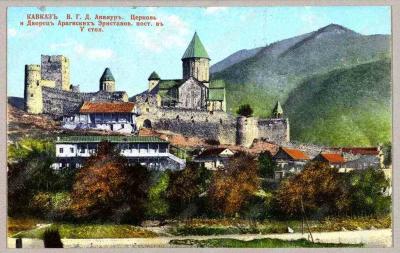

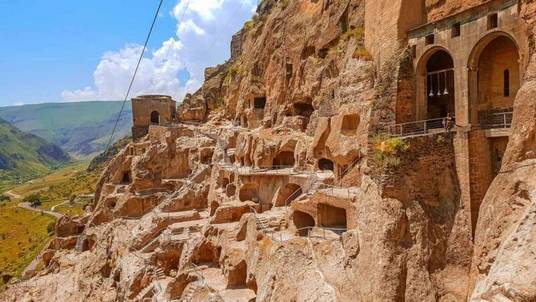
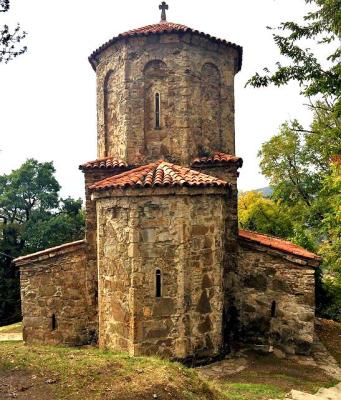
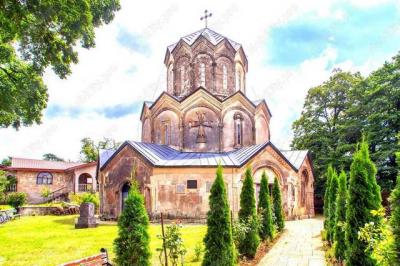
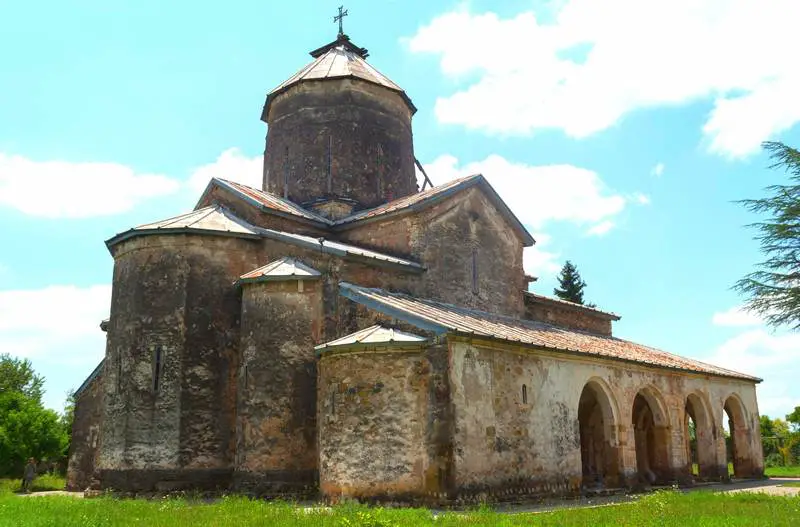
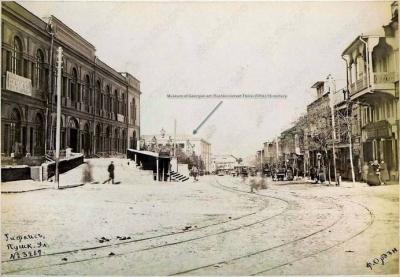
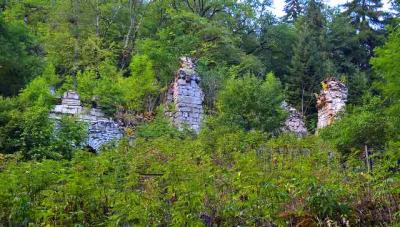
Ananuri